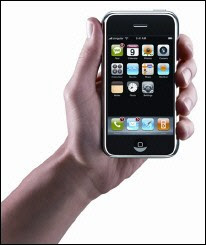In a standard American diet, according to Gower, 55 percent of daily calories consumed come from carbohydrates: sugars, starches and fiber. The control diet used in their study contained 55 percent of daily calories from carbohydrates, in contrast to their “moderate-carb diet” which was 43 percent of calories from carbohydrates. The moderate-carb diet had more fat than their control diet—39 percent versus 27 percent of calories—so that protein intake could be the same percentage. The researchers matched the protein intake of both diets studied (18 percent of calories) because protein may influence both satiety (“fullness”) and insulin secretion. The authors assigned the moderate-carb diet to 16 adults and the standard diet to 14 adults for a month. Subjects received enough calories to maintain their weight at what it was before the study.
During the study they were weighed each weekday, and if a participant gained or lost weight, the amount of food was modified individually so weight could stay the same. After the subjects adjusted to their diet for 4 weeks, they ate a test meal, a breakfast that was specific to their diet.
When carbs are eaten and digested, they change into sugar. Before and after the meal, the researchers measured the subjects’ levels of insulin and circulating glucose (nonfasting blood sugar) and asked them to rate their hunger or fullness. They evaluated insulin response to a meal and blood sugar levels, because lower insulin and stable blood sugar levels may contribute to increased feelings of fullness, Gower explained.


